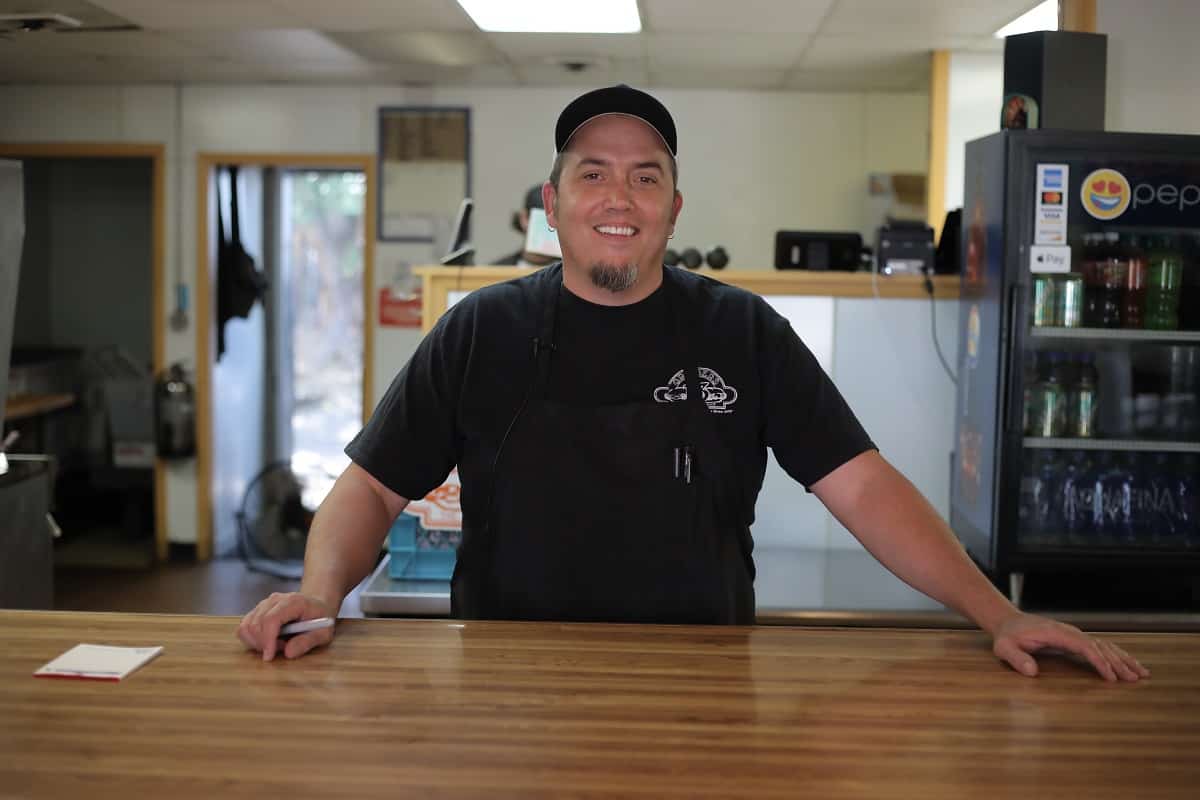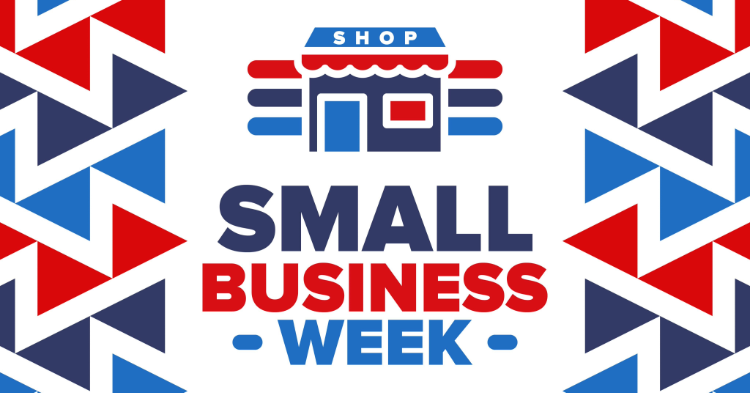From Summer Worker to Business Owner: Curtis deLagerheim & Grinders 13

Remember working summer jobs throughout high school and college? For Curtis deLagerheim, his college job stuck with him for far longer than expected. Curtis worked part-time at Grinders 13, a sandwich shop in Salt Lake City. He enjoyed his time there so much that he eventually came back to buy one of the locations.
Read on to learn more about the ownership transition at Grinders 13, and how Curtis preserved its old school charm while adopting new technology to make the business successful.
Ownership transitions
Curtis started working for the original owners, Moe and Sylvia, when he was in college. “The two brothers started it, then the wife came on and ran that store. I worked for her for 10 years out there and I couldn’t get away from it. I was always saying, ‘I’ll work Fridays, I’ll work every other Friday’ because it’s fun.”
After graduating from college and serving in the military, Curtis came back to Salt Lake. When Moe and Sylvia were ready to sell one of two locations, Curtis decided to take the plunge into small business ownership.
For business owners looking for a way to take a step back, finding a buyer can be a good solution – if they can find someone interested in taking over the business. For Moe and Sylvia, having a former employee come in and buy part of the business provided the perfect way to scale back their hours, while trusting that the business they spent decades building was in good hands.
Buying an existing business
Buying an existing business is often a bit easier than starting something new (if you have the finances to make the purchase). Grinders 13 was founded in 1973 as The Original Sub Shop, so by the time Curtis bought the business in 2010 it was a firmly established brand in Salt Lake. The upside of buying an existing business (if it’s a well-loved one) is that it comes with a loyal customer base.
As Curtis says about his customer base, “I think it’s primarily 60-70% repeat. Half of that is probably people that have been coming in here for 30 years.”

Art from some loyal high school customers
Most of these customers remember Grinders 13 fondly as a beloved high school hang out spot back in the day: “What put this place on the map was those high school kids. Back in the ’80s, the whole back area of the shop had video games set up, with a line of customers going out the door. Those customers still come in today.”
Adopting new technology to attract new customers
Curtis worked hard to balance attracting new customers while not changing so much that he alienates his loyal, existing customer base. He’s left the menu largely untouched since the shop was founded: “we’re still doing it old school. if it wasn’t here in 1973, you’re not gonna find it on the menu.“
To bring new customers in, Curtis is experimenting with social media and new technology. He’s looking into Facebook geo-tagging to target new customers and has partnered with local “food influencers” to promote his shop.
“There are food critics that have around 4,500 people that follow them in Salt Lake, so I’ll kick them a gift certificate and they’ll come in and buy lunch and do a write up on the sandwich.”
He’s also processing orders from major food delivery companies like Grubhub and looking into a new point-of-sale system that can consolidate orders coming in from various platforms to further streamline operations.
Cash flow management
One of the trickiest parts of running a business is managing unexpected busy and slow periods. Curtis has found that his days can really fluctuate: “like yesterday for us, we were banging all day. Even up until three o’clock, we were just going. So, you never can tell. It’s like someone alerted the media saying today’s the day to go. School buses or something pulled up.”
However, he has found on the whole there is a seasonality to his business. It tends to slow down a bit during the summer, but then once school starts up again it stays busy through Christmas.
Like a lot of other businesses based in Salt Lake, February and March tend to be slow since, “winter locks in, inversion goes. That’s when you slow down a little bit.”
On needing financing fast
Though he’s largely able to plan for slow periods for his business, Curtis has found external financing to be helpful in managing when emergencies hit. For him, it’s been crucial to have fast and easy access to financing; he recently used a small business loan when his freezer malfunctioned.
By working with OnDeck, he’s been able to take out financing when he needs it, without spending too much time working on the application. He was able to renew his loan quickly after replacing his freezer without taking time from his business by applying right on his phone.
Even through the ups and downs that come with owning a business, Curtis has found that one of the best parts of his job is becoming friends with his customers. As he says, “You develop friendships with customers that evolve. I have a media market guy that’s like ‘I just love you. Here I did this, probably $1,000 writeup on what direction you need to go in, this is what you need to start thinking about.’ He just brought it into me one day and I bought him lunch.”
Find the right funding for your business.
Term loans up to $250K. Lines of credit up to $100K.
No obligations and no hard credit pulls.




